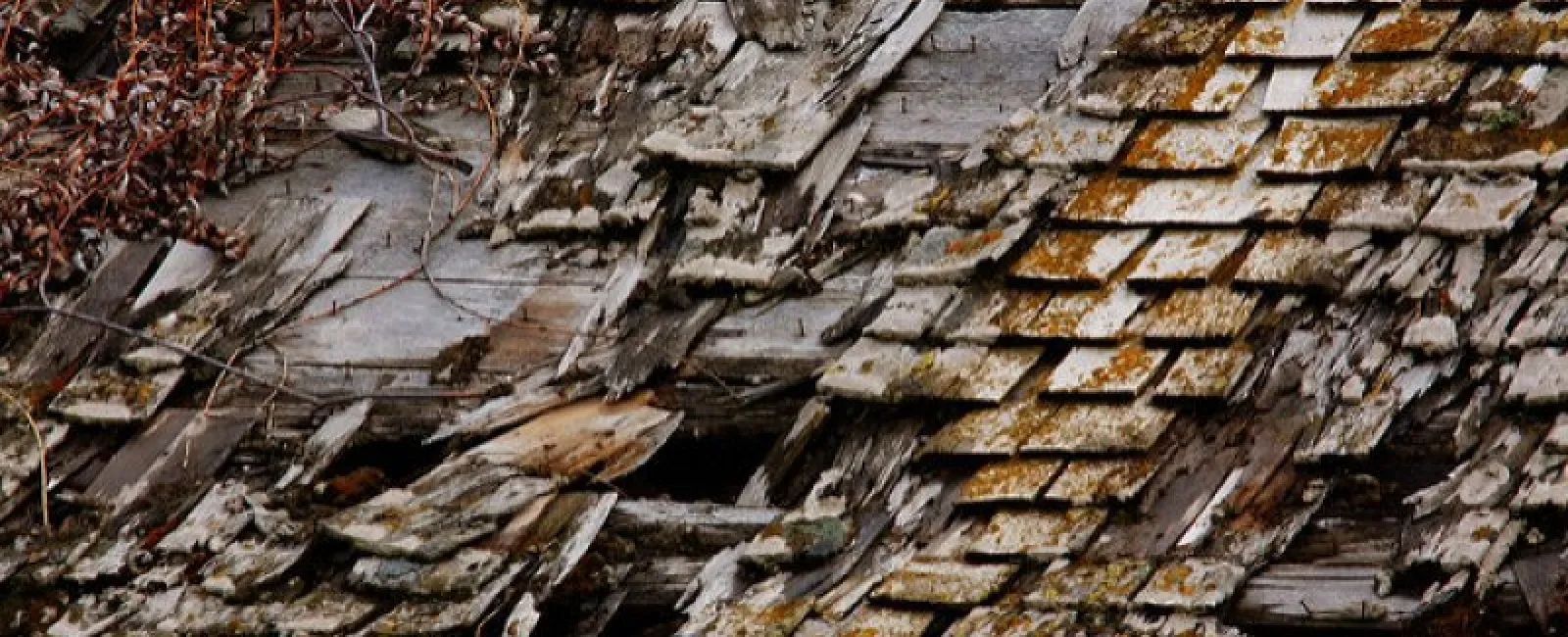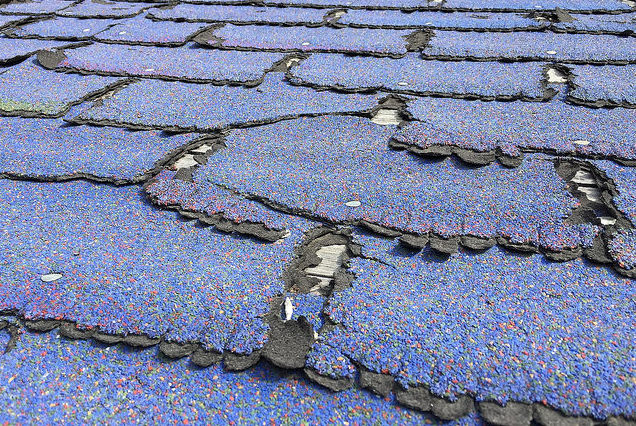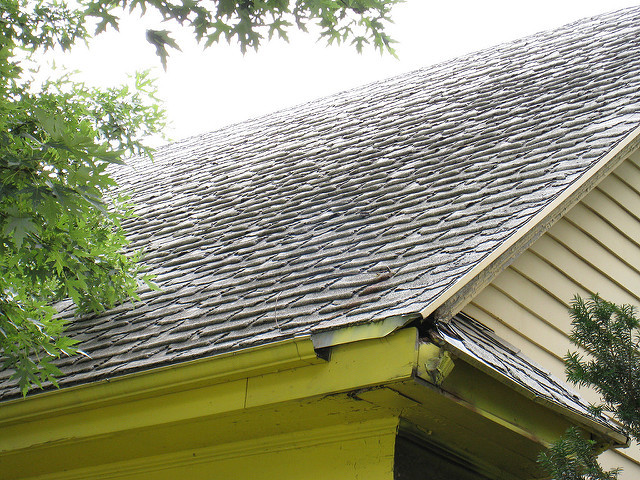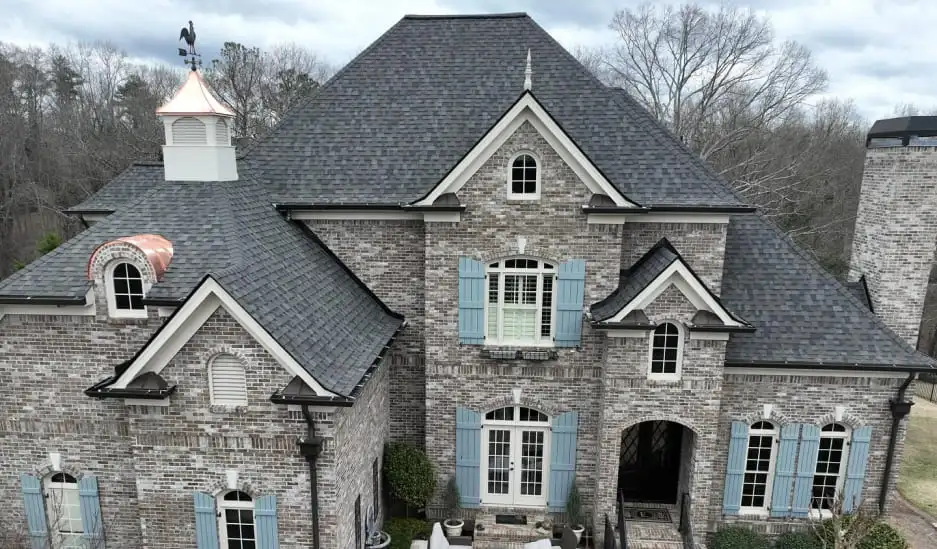Rotting shingles should be dealt with immediately. Why? They can result in expensive roof damage! We’ve collected several danger signs for you to watch out for during the rainy fall and winter seasons.
1. Shingles that easily crumble or tear
Ordinary shingles are made from a core of cellulose that is covered with asphalt layers for protection. In rotting shingles, this layer disintegrates because of moisture damage, which means that the shingle literally falls apart. Rotting shingles will crumble to pieces in your hands, or easily tear apart. This is a sign of serious rot damage, and it probably means that much of your roof has been affected. Get help ASAP to avoid structural damage if possible!
Note that this sign can also apply to wood shingles. However, wood shingles tend to develop mildew and warp before they start falling apart – so the signs are a little clearer.
2. Missing or broken shingles
Sometimes you can’t get up to your roof to see if your shingles are tearing apart or not. Fortunately, there are other signs. Look for missing or broken shingles, especially missing shingles that don’t appear to be caused by windstorms. If it looks like a shingle has simply fallen off, this is a serious warning sign that your rooftop may be starting to rot. If you find shingles on the ground, inspect them more closely!
3. Curling, bald shingles
Look for other signs that shingles are beginning to rot away. One warning sign is a group of shingles that is starting to curl at the edges – this means that they are suffering weather damage (as well as letting moisture under your roof) and could be starting to rot. Another sign is bald shingles, where the granules have fallen off. This happens with older shingles, but it is also a sign that the shingle has been wet for so long it is starting to lose its adhesive abilities and is in danger of falling off.
4. Strange bulges or bubbles on your roof
Watch your roofline and look for any odd bulges or bubbles that seem to rise up from under your shingles. Also look for any strange warping or buckling along the roofline. These are all signs that moisture has seeped below the shingles and is causing rot damage not only to your roof but to the plywood beneath (which supports your entire rooftop). Such very serious damage should be dealt with immediately by a roofing professional who can advise you on repairs, insurance, and other factors.
5. Pooling water that lingers after rain
If you spot water that pools in certain spots on your roof after the rain and stays there for a long time, your shingles may be rotting. If you have a steep slope, look for shingles that tend to stay wet for long periods of time, or shingles that are growing moss as these are danger signs that too much moisture is seeping in.








